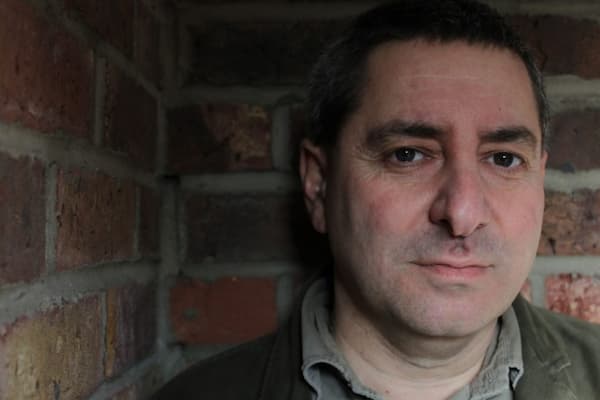Credit: http://static1.squarespace.com/
We caught up with Andrea Morricone, the pianist, composer, and conductor, while he was in Hong Kong in May for a Charity “Concert for Cause” and had a wonderful afternoon reviewing everything from the wonders of Mozart’s Little G minor Symphony to what you need to do to appeal to a young audience.
Andrea Morricone is an impassioned composer, always looking for a unique way to make his music memorable. He spoke about The Note and the importance of The Note and how, as a composer, he was seeking to take the simplicity of the 12 notes of the scale and by turning them back on themselves, carrying the audience with him to new places. In addition to The Note, he mentioned the importance of Silence. He sang, as a reference, his father’s music from Once Upon A Time in America (1984). “Opening phrase, pause pause pause, next line, pause pause, etc.” The slow deliberation between the lines of “Deborah’s Theme,” which separates the opening phrases with long pauses, gives the audience time to actually process the melody and adds a gravity to the work that few modern songs carry.
Morricone: Once Upon a Time in America: Deborah’s Theme” (Yo-Yo Ma, cello; Roma Sinfonietta; Ennio Morricone, cond.)
Andrea’s own most recent composition, La Forza del Sorriso, written for the opening of Milan Expo 2015, had its premiere just last month at the opening of the International Exposition.
And, when you listen to these two pieces in juxtaposition, you can hear how the son learned from his father. Ennio Morricone, most famous as the composer for most of Sergio Leone’s films, wrote a simple melody that his son, although beginning with the same few notes, takes in a completely different direction.
The idea of Variation came up, based on a comment that Andrea made about many modern composers he heard who weren’t willing to explore the possibilities of their own music. He started singing the first theme from Mozart’s Symphony No. 25, the little G minor:
Mozart: Symphony No. 25 in G Minor, K. 183: I. Allegro con brio (South West German Radio Symphony; Roger Norrington, cond.)
Just in the opening part of the Exposition, Mozart is already able to take his initial melody and start making variations on it. Beethoven’s Fifth Symphony came in for the same discussion.
His current concert has an unusual lineup of a small orchestra, 2 pianos, and clarinet soloist. In its original format, unveiled in Los Angeles, he used electronic instruments in addition to the orchestra. Now, using the clarinet, he feels that he’s better able to reach his audience, helped by the warm tone of the clarinet. The concert, consisting of all of his own arrangements and orchestrations of his own music, his father’s music, and music of other film composers, such as Nina Rota, was a hit with the audience; one audience member saying that hearing the theme from Cinema Paradiso just brought tears to his eyes. Ennio and Andrea Morricone won a joint BAFTA award for their music for the film.
In Andrea Morricone we have a composer who is actively seeking to bring film music out of the dark cinema houses and into the light of the concert hall. In his creative arrangements, he gives us a new sound of the music that we love.
Official Website


